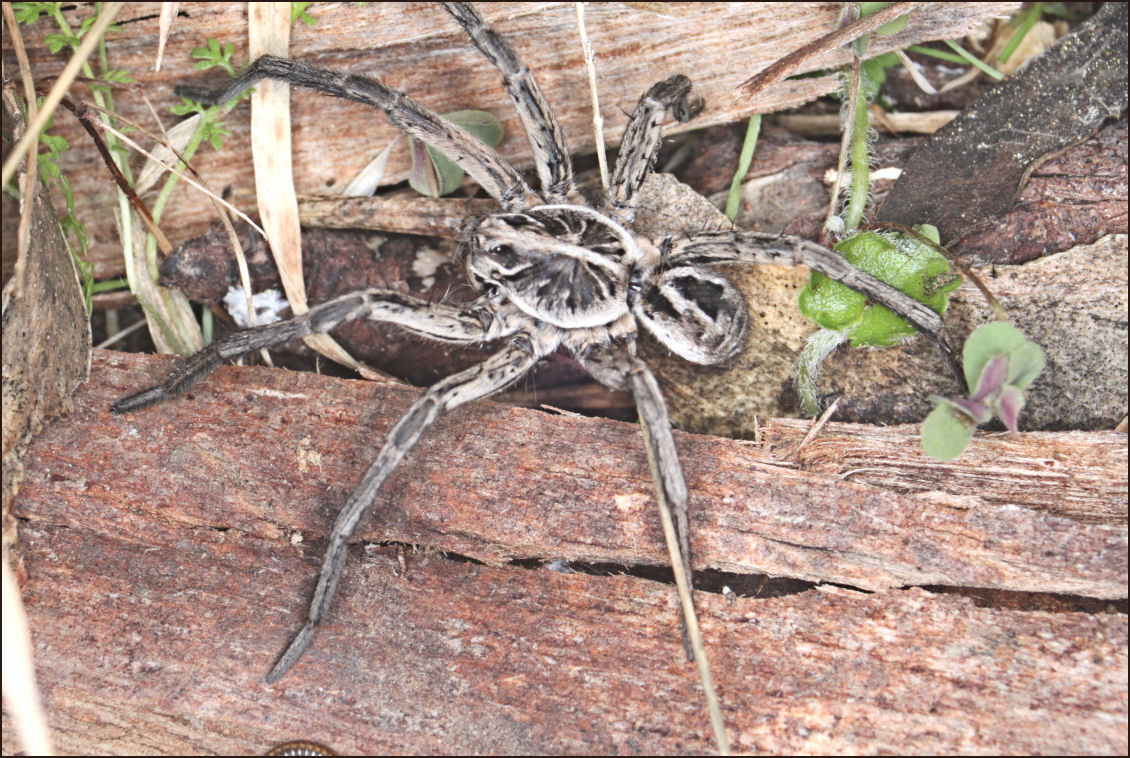Scientific Classification:
| Kingdom: | Animalia |
| Phylum: | Arthropoda |
| Class: | Arachnida |
| Order: | Araneae |
| Family: | Sicariidae |
| Genus: | Loxosceles |
| Specie: | L. Reclusa |
Common Name: Brown Recluse spider, Violin spider.
That's it, this coin sized spider can do a great damage, never underestimate those little things. Those spiders can be found everywhere seems like a plague, many people label they as the most venomous spider in the world but they're wrong, it just bites a lot bites which make a very ugly necrosis (i found some pictures showing it), im sure you already have stepped on them so good job i hate them too and keep on doing it if you find one at your home but try to not do it if you find it somewhere that's not civilizated cause we still need them for something, now about the bite, first of all i need to tell you that they usually aren't aggressive just try to not press it against your skin or someone's skin. The initial brown recluse bite frequently is not felt and may not be immediately painful it usually become painful within 2-8 hours, pain and other local effects worsen 12 to 36 hours after the bite and the necrosis develops over next few days, Over time, the wound may grow to as large as 25 cm (10 inches) in extreme cases, the damage tissue becomes gagrenous and eventually sloughs away. There's some species of this genus that causes a lot of different symptoms, even death (that's a symptom? HAHA).










